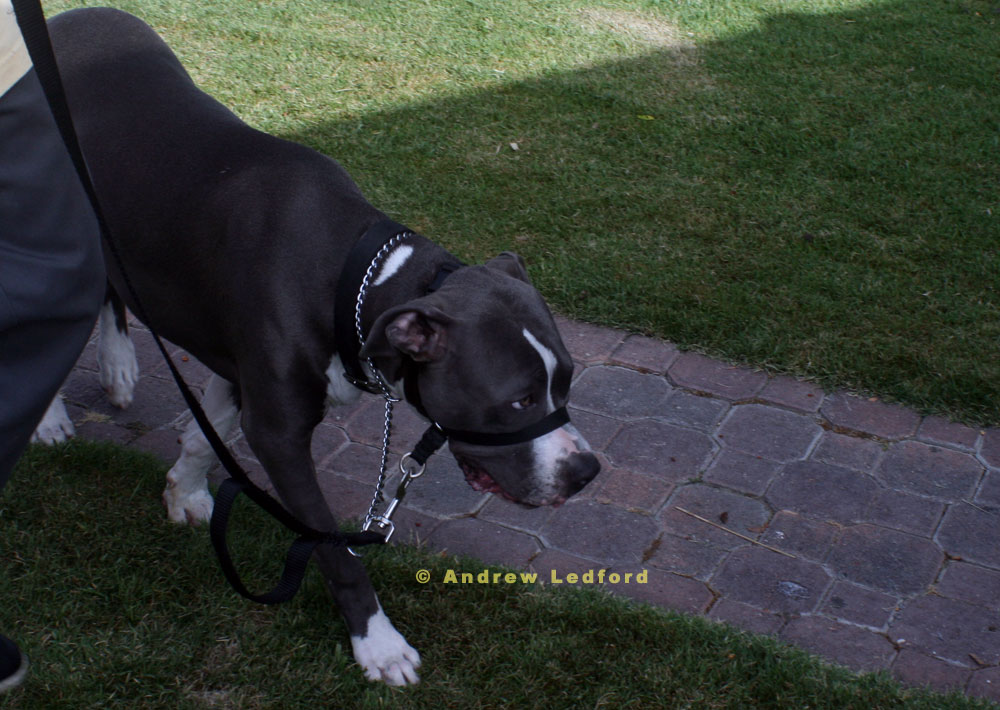Dog Behavior Problems
Solving dog behavior problems starts with the human.
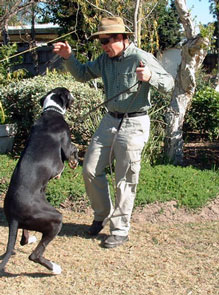
Solving your dog’s behavior problems begins by understanding your individual pet. Understanding starts by first realizing that your best friend is not a human. Your dog is just being a dog. To be most effective in controlling your dog’s behavior, you need to accept the dog for what it is, a dog. This includes accepting the dog’s behavior as normal behavior for that individual pet.
For dog behavior training programs call me at 714-827-4058
Once you accept your dog as a dog, you’ll need to decide if you are willing to change. Are you willing to change your behavior and how you interact with your pet? Dedicating the resources needed to change your dog’s behavior is a serious decision. It’s best if you can get the entire household involved in the project. I always think of this the same as implementing a Total Quality Management program in a business, it works best when everyone is on board.
Humans are the ones who control the dog’s environment and therefore it’s humans who must accept the responsibility for teaching and maintaining the behaviors we desire. Try not to be one of those owners that sometimes display inappropriate behavior (aggression.)
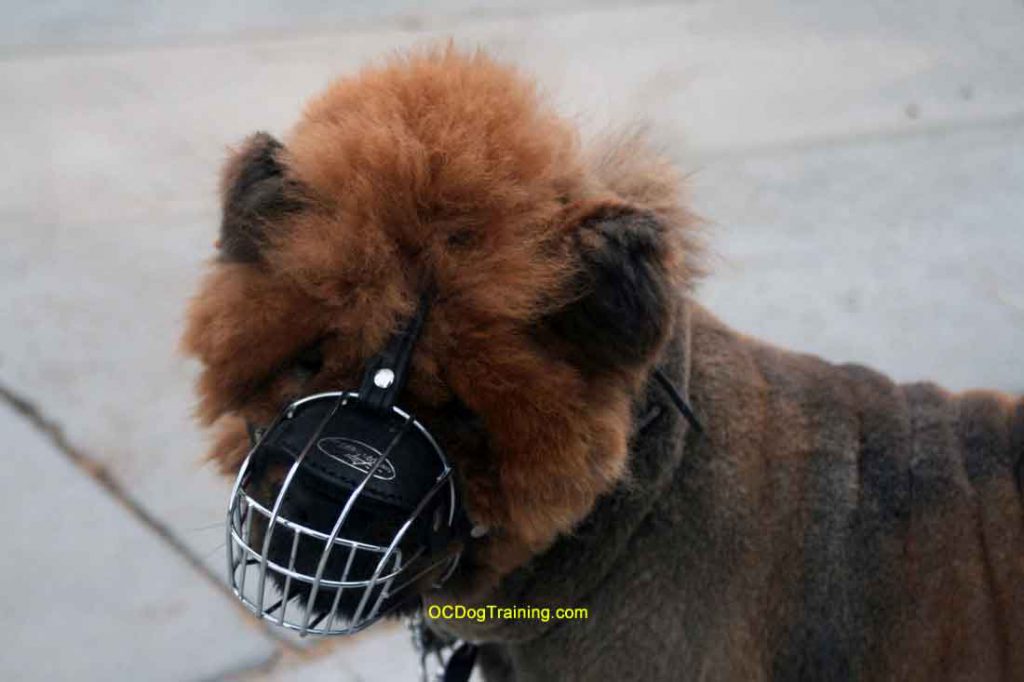
The first thing we must understand when dealing with dog behavior problems is that they are perfectly normal behaviors for the dog. As far as the dog is concerned, it doesn’t have a behavior problem. Your pet is just trying to adapt to its environment.
Most problem behavior is related to one or more of these factors.
Problems related to Fear
Low stress thresholds and the associated fear can lead to many behavior problems. One of the goals of a training program is to raise the stress threshold of the dog so it is less sensitive to fear eliciting stimuli. Some problems associated with fear are separation anxiety, fear aggression, submissive urinating, house breaking, not coming when called, excessive barking, jumping, and chewing.
Canine Communication Breakdown
People even have a difficult time communicating with other humans. It’s no surprise that interspecies communication can present even greater challenges.
Some problems commonly associated with communication breakdown are jumping, barking, wild behavior, not coming when called, chewing, house breaking, pulling on the leash, and scratching on doors.
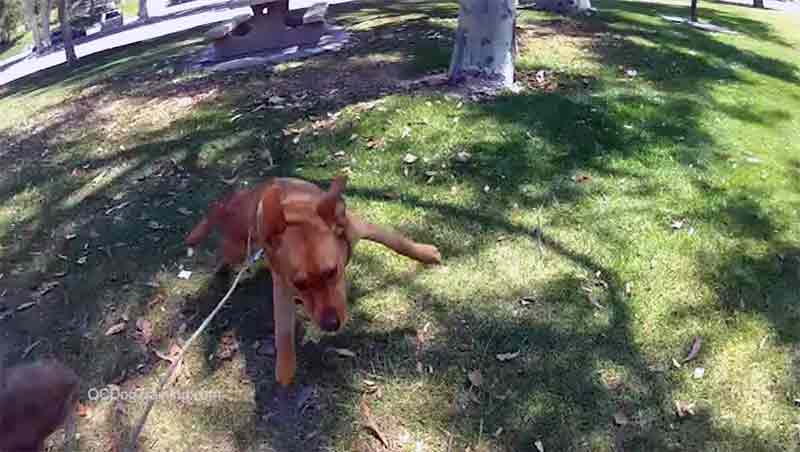
Basic Needs
Dogs have certain basic needs and if these needs are not met, behaviors frequently develop that humans find difficult to live with.
Some of these problems are wild behavior, chewing, jumping, running off, barking, and house breaking.
The Social Environment
The social environment is a very important part of your dog’s life and will make a big impact on your dog’s behavior. The dog’s social environment can influence all the other variables that have been mentioned.
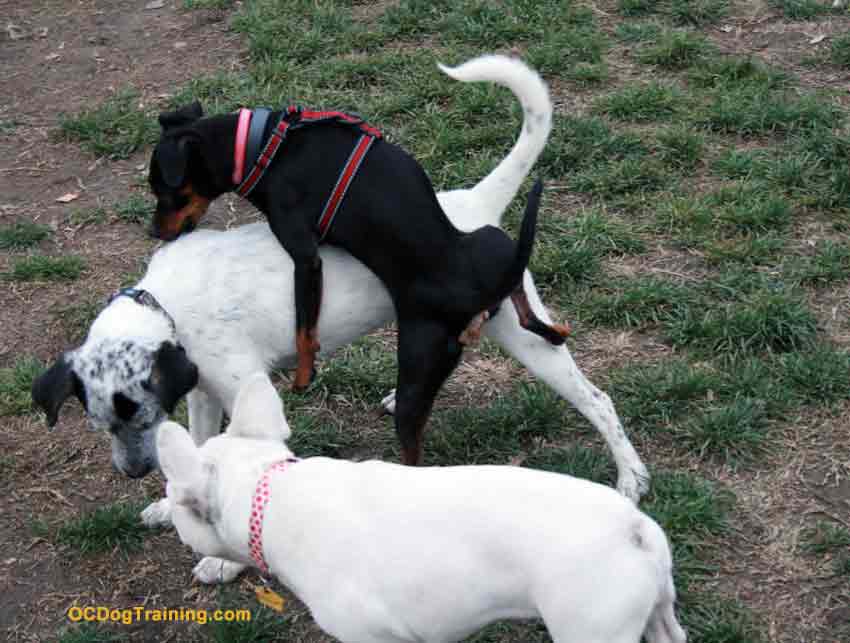
Some key elements of the social environment are the humans in the household. There are several models for humans taking a leadership position in the household. The model is not so important if we can focus on the behavior of the humans and how they interact with the dog. The people in the family should lead the dog(s) in a confident and self-assured manner. One of the advantages of participating in a formal training program is that it gives people drill to practice and rules to follow. Most people can respond to problems more efficiently with a predefined plan. One of the purposes of training drills and handling rules is to give dog owners a predefined behavior pattern for handling their dog. Often you’ll need your dog to behave without taking time to think about what to do. if you stop and act unsure your dog will probably do what it wants to do.
Dominance does not necessarily need to be worked out in direct confrontation. Dominance is frequently established during play or regular daily activities.
The other area of the social environment I wanted to touch on is trust. Trust is related to dominance in a well-balanced relationship. If a dog has complete trust in its owner, many of the behaviors owners consider objectionable are more easily controlled. Having trust in the handler can greatly reduce the mental and emotional stress of the dog and this can influence the control one has over problem behaviors.
Most dog behavior problems are caused by how the dog reacts to environmental and social stress. One of the goals of a training program is to raise the stress threshold for the canine student. There are many techniques that can be used to reduce stress in your dog.
The techniques used to correct dog behavior problems span a wide range, and include:
- developing complete trust between your dog and you
- desensitization
- counter conditioning
- allowing extinction to take place
- using the social relationship between you and your dog to build the dogs confidence
- good-precise cross species communication
- proper socialization
- proper use of learning theory
- proper use of reinforcement
- using the behaviors that are genetically preprogrammed into the dog to get the behavior we desire
Some of the most common behavior problems I deal with on a daily basis are
- Jumping. I would say most dogs I work with have what their owners would call a jumping problem
- Potty training
- House training. This is one of the most common, serious problems I encounter
- Destructive behavior (chewing). This is about as common as not being house trained
- Aggression the most serious of behavior problems (I no longer work with aggressive dogs)
- Separation anxiety. This is a difficult problem to work though, however with the proper training most dogs show improvement
Our Training System gives you the essential tools and the practical knowledge you need to realize your dogs full potential.
714-827-4058
Andrew Ledford

